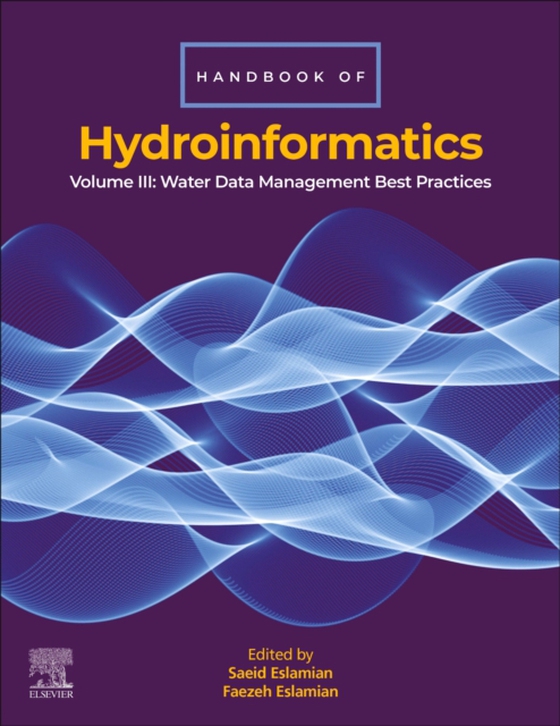
Handbook of HydroInformatics e-bog
1824,96 DKK
(ekskl. moms 1459,97 DKK)
Handbook of HydroInformatics Volume III: Water Data Management Best Practices presents the latest and most updated data processing techniques that are fundamental to Water Science and Engineering disciplines. These include a wide range of the new methods that are used in hydro-modeling such as Atmospheric Teleconnection Pattern, CONUS-Scale Hydrologic Modeling, Copula Function, Decision Suppor...
E-bog
1824,96 DKK
Forlag
Elsevier
Udgivet
6 december 2022
Længde
420 sider
Genrer
Operational research
Sprog
English
Format
epub
Beskyttelse
LCP
ISBN
9780128219522
Handbook of HydroInformatics Volume III: Water Data Management Best Practices presents the latest and most updated data processing techniques that are fundamental to Water Science and Engineering disciplines. These include a wide range of the new methods that are used in hydro-modeling such as Atmospheric Teleconnection Pattern, CONUS-Scale Hydrologic Modeling, Copula Function, Decision Support System, Downscaling Methods, Dynamic System Modeling, Economic Impacts and Models, Geostatistics and Geospatial Frameworks, Hydrologic Similarity Indices, Hydropower/Renewable Energy Models, Sediment Transport Dynamics Advanced Models, Social Data Mining, and Wavelet Transforms. This volume is an example of true interdisciplinary work. The audience includes postgraduates and above interested in Water Science, Geotechnical Engineering, Soil Science, Civil Engineering, Chemical Engineering, Computer Engineering, Engineering, Applied Science, Earth and Geoscience, Atmospheric Science, Geography, Environment Science, Natural Resources, Mathematical Science, and Social Sciences. It is a fully comprehensive handbook which provides all the information needed related to the best practices for managing water data. Contributions from global experts in the fields of data management research, climate change and resilience, insufficient data problem, etc. Thorough applied examples and case studies in each chapter, providing the reader with real world scenarios for comparison. Includes a wide range of new methods that are used in hydro-modeling, with step-by-step guides on how to use them.
 Dansk
Dansk

